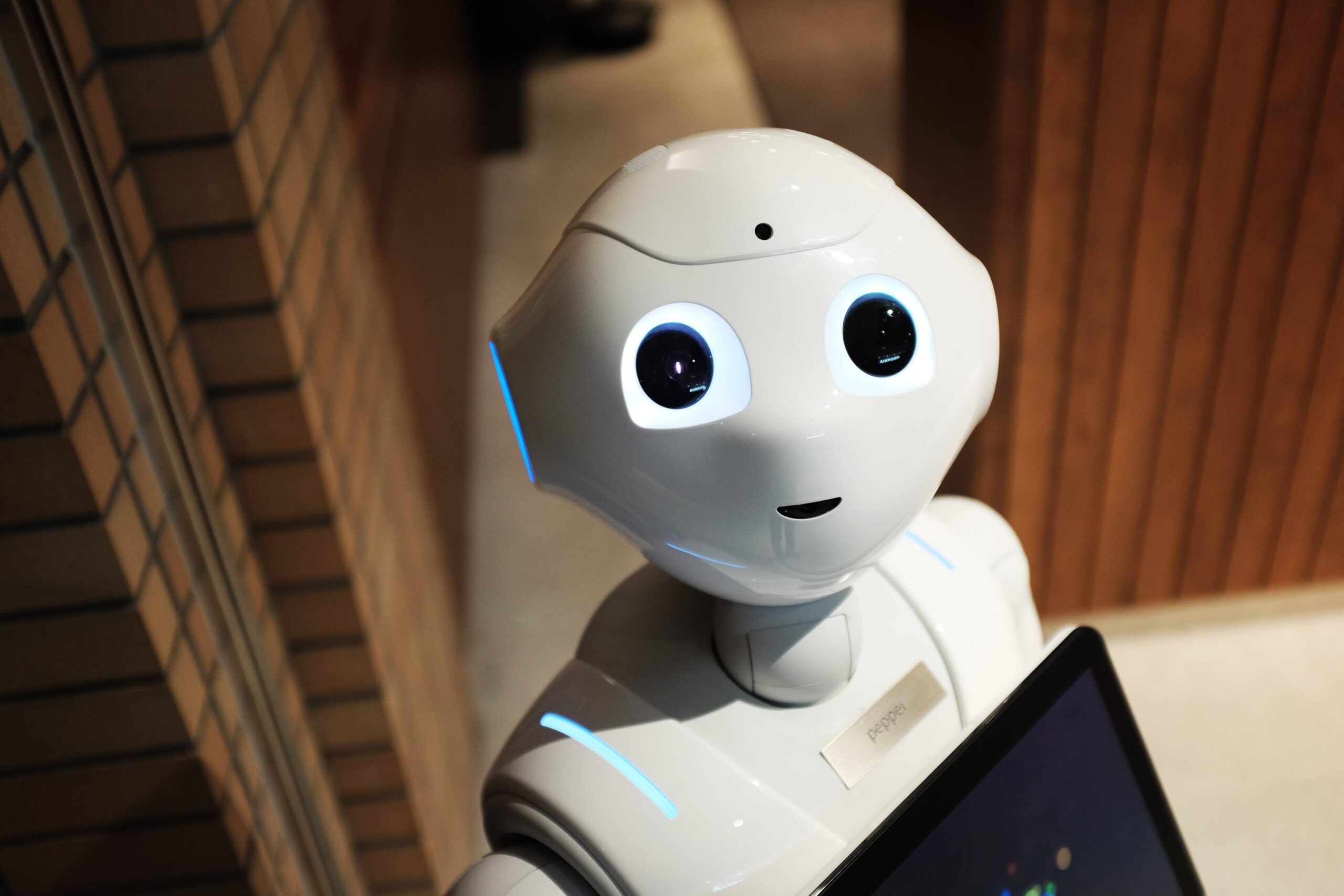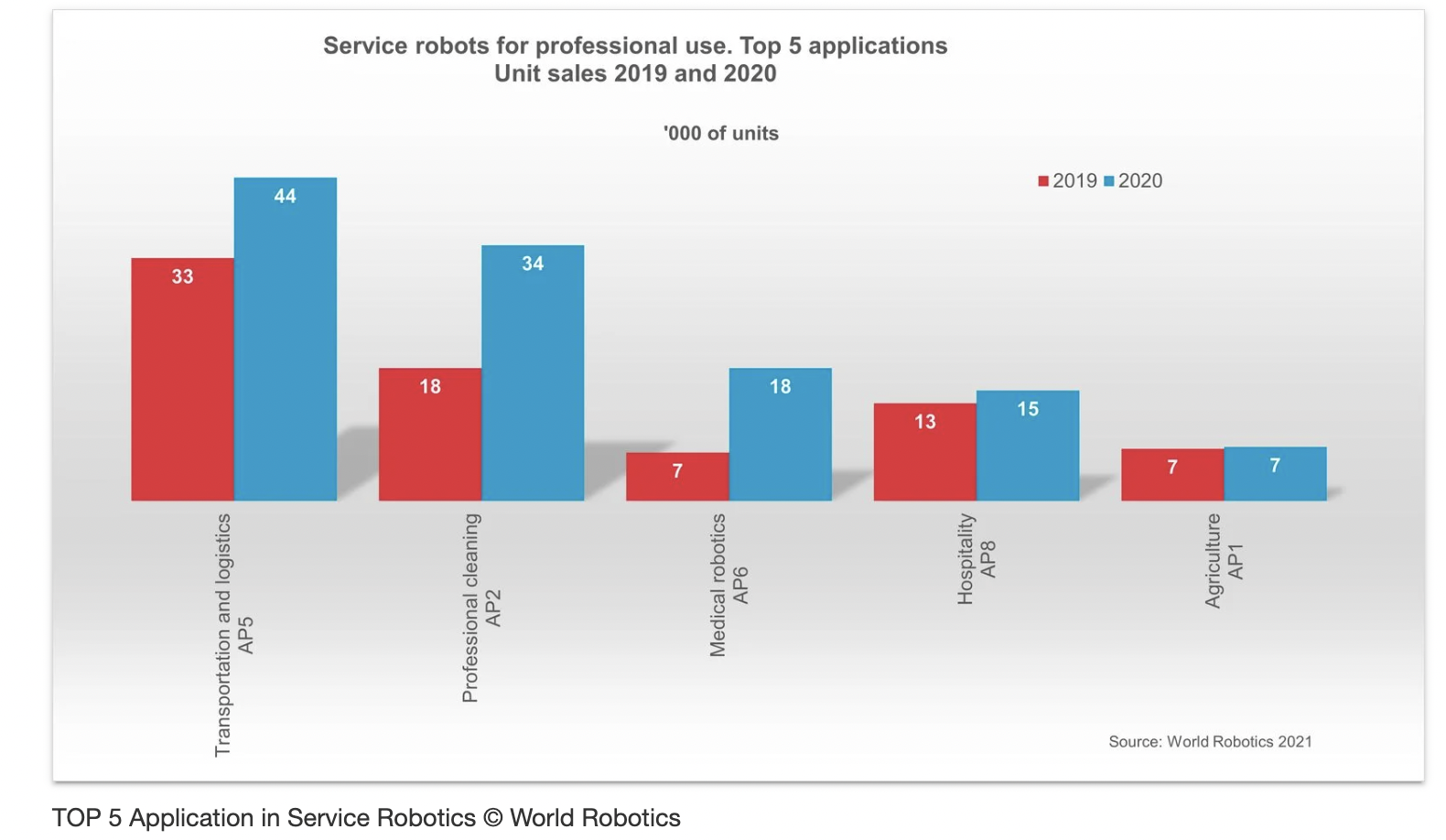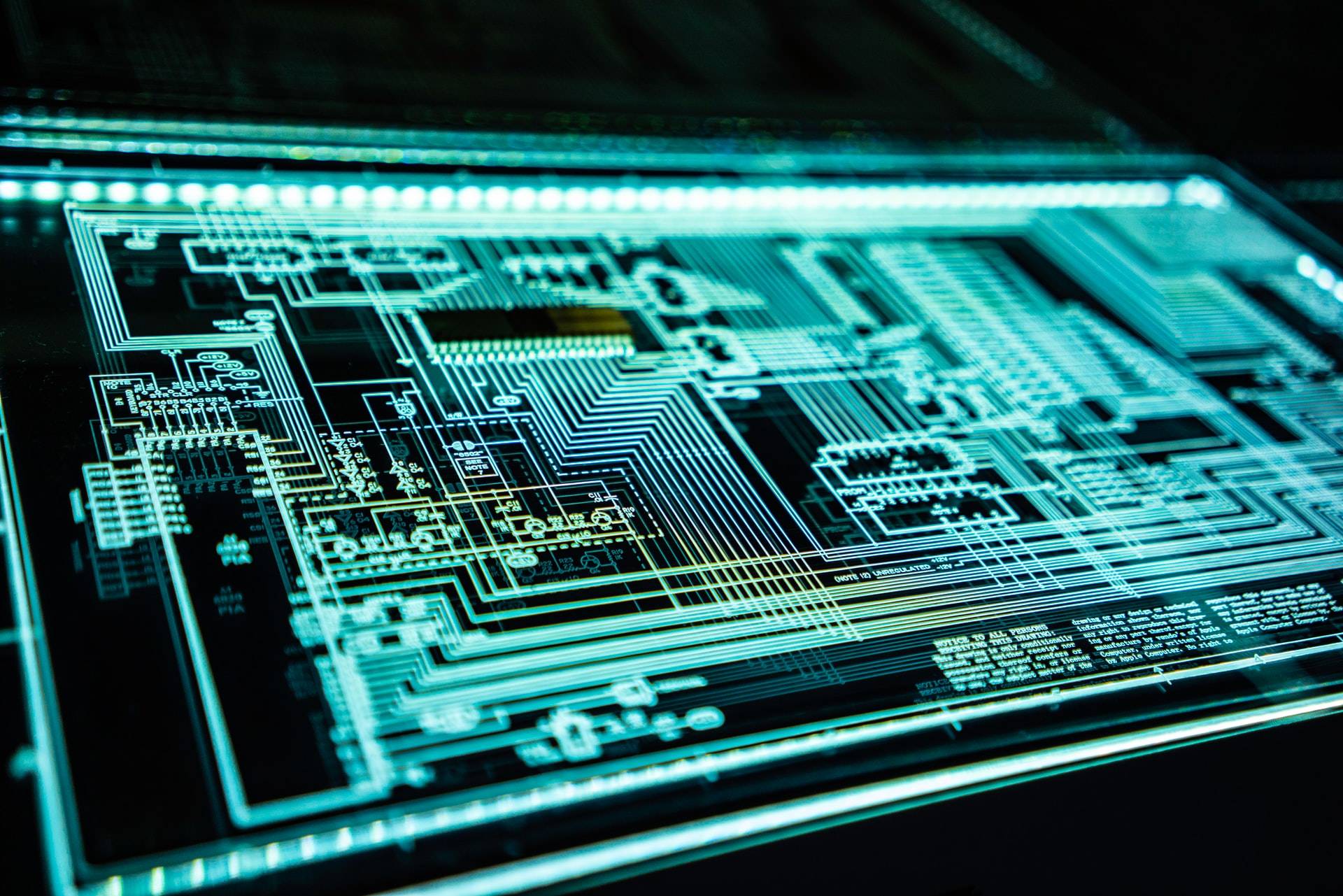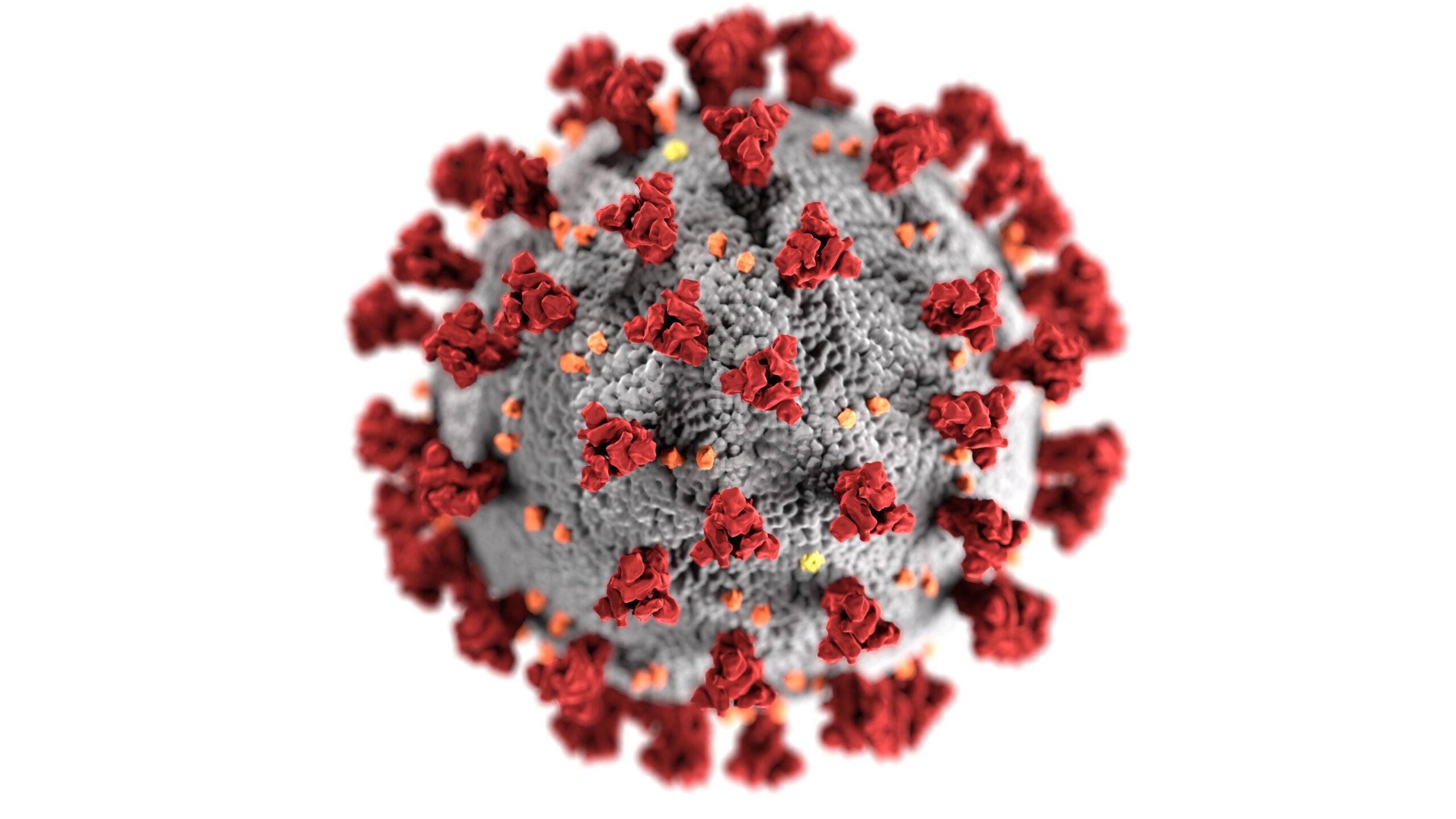Beyond The OR: Trends in Non-Surgical Robotics for Healthcare
As the world emerges from the global pandemic, the health care industry is planning long-term adjustments to new variants and viruses. At the same time, developed countries face health care demands from ageing populations and increases in lifestyle-related diseases, while hospitals are cutting budgets and experiencing labor shortages.
Developed countries face health care demands from ageing populations and increases in lifestyle-related diseases, while hospitals are cutting budgets and experiencing labor shortages. Share on XThere are many challenges and, just like in the popular Transformers movies, robots may save the day. Medical robots and artificial intelligence (AI) are part of the solution to these problems, and industry stakeholders are taking note.
Mordor Intelligence estimates that the US medical robotic market will reach $28.34B in 2026 from $8.3B in 2020. One source predicts that the Asia Pacific region will have the highest CAGR growth over the next five years, due to rising cases of acute and chronic diseases in Japan and China. Approximately 75% of medical robot suppliers are from North America and Europe.
Key companies in the Healthcare Robotics Market include Accuray Incorporated., Capsa Healthcare, LLC., Hocoma, Becton, Dickinson, and Company., Agilent Technologies, Inc., Intuitive Surgical, Inc., Titan Medical, Inc., Aurora Biomed Inc., and Omnicell, Inc.
Globally, public health trends and strong growth projections ensure that robotics continues to be an area of interest for MD startups and investors. For example, increased demand for remote care and automated disinfection services along with advances in robotic-assisted surgery and rehabilitation therapy are key factors propelling this growth.
Robotics is one of eight emerging trends identified by the FDA Center for Devices and Radiological Health. From a regulatory perspective, surgical robotic systems are the most difficult and costly to develop and bring to market. They are also very expensive for hospitals and other end consumers to purchase and maintain.
One of the most common surgical robotic systems, da Vinci, costs between $1.5M and $2.5M per unit, and the CyberKnife radiosurgery robotic system costs between $4M to $7M. Yearly maintenance can run well into six figures as well. (source) High costs are likely to be a limiting factor for surgical robotics market growth in the coming years.
Robot-assisted surgery carries more risk and is obviously more invasive for patients than robots that clean empty hospital rooms. Less stringent regulatory requirements are one reason non-surgical medical devices have lower costs of development and price point to the end consumer. The FDA continues to adapt regulations for non-surgical robotic functionalities, some of which blur the lines between home and hospital, consumer and patient.
Surgical and non-surgical medical robots are categorized by functionality. Different types include service robots, social robots, and modular robots. Robots that move independently and respond to their environment at called Autonomous Mobile Robots – AMR. Both service and social robots may fall into the AMR category.
While analysts expect surgical robots to dominate the sector, demand for other types of medical robots is also growing, especially in disinfection and rehabilitation therapy. Let’s take a closer look at non-surgical service robots.
Non-Surgical Service Robots
Several industries utilize service robots technology. Worldwide sales of medical service robotics made up 55% of total professional service robot sales in 2020. Robotic surgery robots account for most of that share because they are the most expensive type in the service robot segment.
As this graph from World Robotics shows, medical service robots for the health care industry saw the most dramatic growth in the service robot sector from 2019 to 2020.
The global pandemic accelerated the demand for service robots and the trend continues. In 2020 the second largest category for service robot demand was professional cleaning, much of it in the healthcare sector.
As healthcare and other facilities responded to heightened hygiene requirements due to the Covid-19 pandemic, demand for professional cleaning robots increased dramatically, by 92%, to 34,400 units sold. Service robot providers developed disinfection robots for spraying disinfectant fluids and using ultraviolet light. In 2020, manufacturers registered more than 30 new disinfection robot types.
Due to ongoing concerns about COVID and personnel staffing shortages, analysts expect the disinfection robot category to experience continued high demand from hospitals and other health care facilities. They predict unit sales of professional floor cleaning robots to grow by double-digit rates on average each year from 2021 to 2024.
In addition to cleaning, AMR service robots can transport linens and supplies in hospitals, helping housekeeping efficiency and decreasing the spread of pathogens. They can also help move patients, beds, or other heavy equipment, reducing physical strain on healthcare workers.
Service robots also provide individual support for rehabilitation and non-invasive therapies. Service robots assist patients, caregivers, and professionals in remote caregiving, drawing blood, delivering medications, and more.
Social Robots
Social robots are different from service robots because they engage with patients at conversational and emotional levels. Improvements in robot facial expressions, eye contact, and organic conversation are helping drive demand. The global market for social robots was $1.98B in 2020 and analysts estimate it will reach $11.24B by 2026, for a CAGR of 34.34%
Assisting Human Health Care Providers
The US health care industry is experiencing a worker shortage, putting a strain on existing workers and potentially compromising patient care. Social robots can assist human health care providers with routine information gathering such as intake data for admissions. They can also reduce contagion and help reinforce COVID-19 guidelines like masking and social distancing mandates.
A medical social robot can be the equivalent of a life-sized chatbot, gathering information and answering questions. Just like a website chatbot, though, social robot interactions can be frustrating to a patient if the robot has too much trouble understanding the patient. Social robots rely on artificial intelligence, which improves over time by interacting with new data. It’s important to find a balance between where this technology adds value to both patients and healthcare workers without impeding the experience or service.
Eldercare
The World Bank estimates that 22% of the world population will be over 60 by 2025, with the majority of older people living in developed countries. According to the US Census Bureau, the share of the elderly population will reach 22% by 2050. Starting in 2030, everyone in the baby boomer generation will be older than 65, older Americans will make up 21 percent of the population, up from 15 percent in 2018. By 2060, nearly one in four Americans will be 65 years and older, and the number of people over 85-plus will triple.
Increasing demand for caregivers for the elderly will drive the adoption of social robots, from traditional robots to robotic pets. Interaction with social robots can improve the quality of life for some elderly people struggling with isolation or dementia.
Governments are concerned with the negative impact of an aging population on workforce numbers, especially in societies with a strong tradition of family members caring for the elderly.
The Japanese government is funding the development of eldercare robots in anticipation of a shortfall of 380,000 specialized workers by 2025.
Modular Robots for Rehabilitation
It turns out that Transformers movies are not all fantasy. Like Optimus Prime, modular robotics are robots designed with parts that can be reconfigured to assume different shapes and functions. In many cases, they can reconfigure themselves for different environments and tasks.
Modular robotics is transforming automotive and other manufacturing industries. Researchers estimate the 2022 modular robotic market size to be worth $8.9B million and to increase to $20.4B by 2028 for a CAGR of 14.9%.
In healthcare, robot-assisted training in rehabilitation therapy is a top driver for growth. Therapeutic robots can help with rehabilitation after strokes, paralysis, traumatic brain injuries, or impairments caused by long-term disease.
Robots equipped with AI and depth cameras can track progress on a patient’s form as they go through prescribed therapy exercises. They can also interact with patients to provide coaching and encouragement. Continuing advancement in therapeutic exoskeleton robots and prosthetic robotic limbs can enhance the quality of life for human patients.
Looking Ahead
The global pandemic accelerated the demand for non-surgical medical robotics. Trends in public health and aging are creating opportunities in medical robotics for health care systems struggling with shrinking budgets and a shortage of workers.
All medical device commercialization involves a complex development and regulatory path. Medical device startups in the robotics space require extra attention to a strategy for development, pre-launch, and post-launch success. Ideally, this planning starts early. Feel free to contact us for support and help with questions about your regulatory journey.







